
Indeterminate Design Has Made A 3D-Printed Formula One Gearbox!
- Jun 14, 2020
- Views : 5595

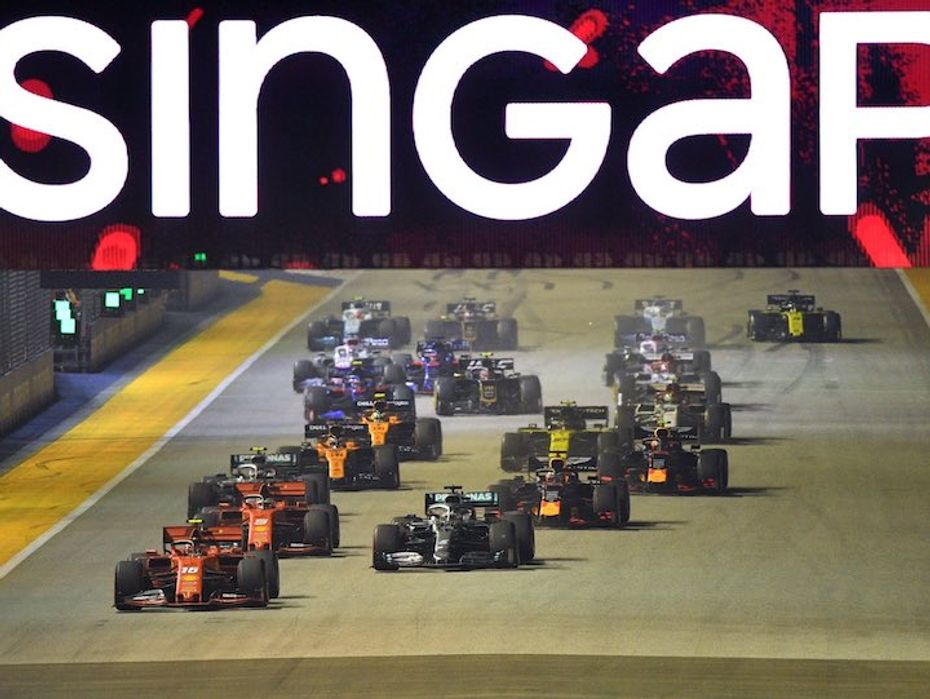
No one really knew what was going to come after the first eight races of the 2020 F1 season. Those first eight rounds were announced much to the relief of fans around the world, even if they were restricted to Europe.
Holding at least eight races would ensure that the 2020 FIA Formula 1 World Championship would be officially recorded and a driver’s and constructor’s champion crowned. That part of the season will last from July 5 to September 6.

Even though everything else was up for grabs after that, no one was quite sure how F1 would meet its target of 15 to 18 races for 2020. The cancellation of the Azerbaijan, Singapore and Japanese Grands Prix will disappoint many fans but it was not entirely unexpected. Particularly due to the first two being circuits made up of public roads - good luck convincing local authorities to agree to that - and the third still being cautious about opening up to foreign travel.

The variance in countries’ response to the COVID-19 pandemic and international travel restrictions meant that there was no clarity on the shape of the F1 season beyond the Italian Grand Prix on September 6. Cancellation of ‘flyaway’ (a term used by F1 folk for rounds beyond its European base) races would open the possibility of venues in Europe that have either never held an F1 race before or have not done so for a while.
Alternate venues
Top of the wishlist as far as the rumored venues are concerned, appear to be Imola and Mugello. Both are Italian venues out of which the former held 26 editions of the San Marino Grand Prix, an extremely popular event on the calendar. Named after the founder of Ferrari and his son, Imola last hosted a race in 2006, which was won by Michael Schumacher in his final season with Ferrari.
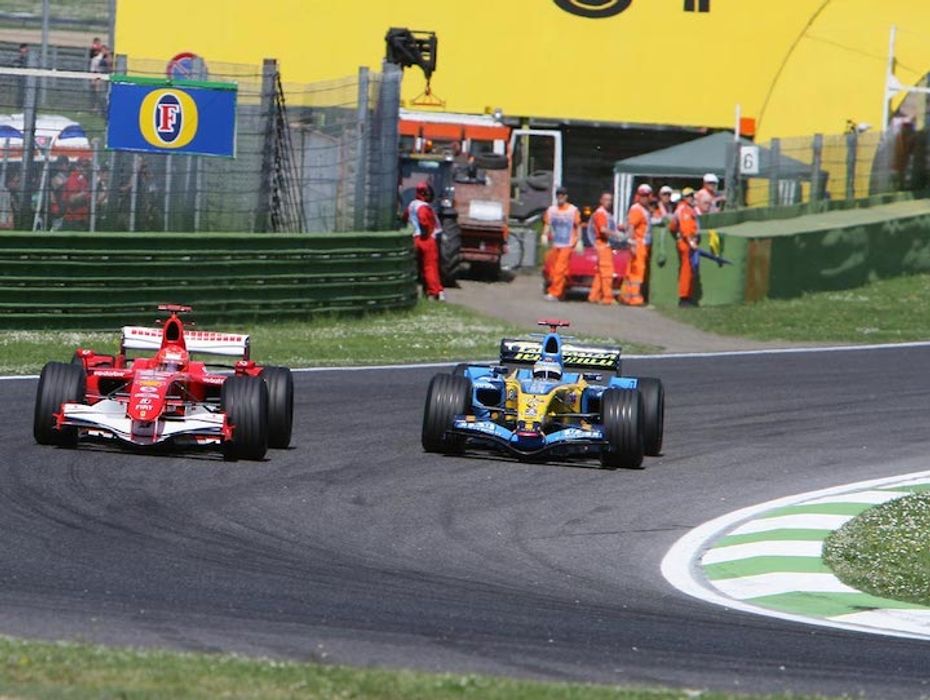
Aside from not being able to afford increasingly higher race hosting fees as demanded by F1’s former commercial boss Bernie Ecclestone, Imola’s layout was not particularly overtaking-friendly either. Especially not in the era of F1 cars being heavily reliant on aerodynamic downforce produced by wings on the car, which limits the downforce a following car can produce.
The circuit’s layout had been tweaked as of 2009, with a chicane just before the start-finish line removed so that cars would have a full throttle run out of a left hand corner and towards another chicane, which had been installed following the death of Ayrton Senna after he went off on that corner - Tamburello.
Imola has now become a candidate to hold one of the rounds in place of cancelled venues and fans - the event will still be behind closed doors - will get to enjoy watching the fastest ever F1 cars made on a classic venue.
Italian double dip
Mugello is the second Italian option and it is being speculated that it will hold a race the weekend after the Italian Grand Prix at Monza. It would be quite a way to mark the occasion of Ferrari’s 1,000th race in F1. And not just because Ferrari owns Mugello, but because it is a spectacularly fast circuit. Located in the Tuscany region of Italy, the track is naturally undulating and features sweeping fast corners.
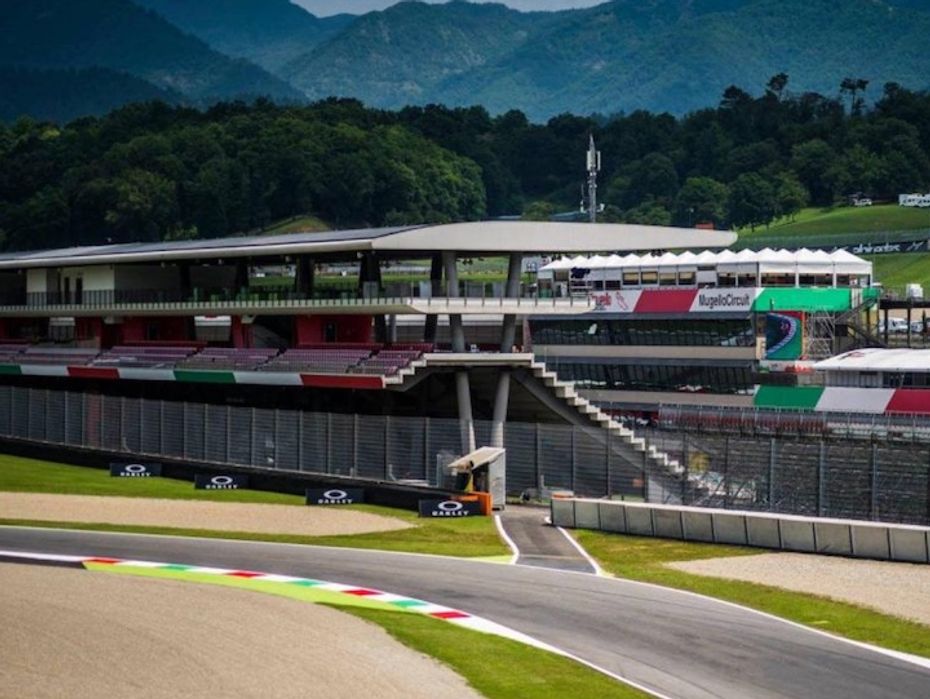
F1 cars have only ever tested there and in 2004, Ferrari’s Rubens Barrichello lapped the 5.245km circuit in 1min.18.704sec. That’s an average speed of 248kmph! It is unthinkable how much faster today’s F1 cars will be able to go. And if the circuit does indeed host an event, the FIA may just err on the side of caution and modify the circuit temporarily to slow the cars down a bit.
Germany’s Hockenheimring, which used to be a circuit made up of long straights, chicanes in between and one section that featured twisty circuits, is still a fairly racing-friendly venue. The local government where the track is located has been having issues with race hosting fees, however, and was originally not even meant to be on the 2020 F1 calendar. It is believed to be one of the possible venues for F1 to go to.
The fans are speaking
Portugal’s Portimao circuit is an FIA grade 1 circuit that has not yet hosted an F1 race but meets the necessary requirements to do so. In fact, F1 is currently holding a poll on its social media handles to get fan feedback on which venue fans would like to see races being held. At the time of writing this, Imola is currently well in the lead with 45.5% of the vote, ahead of Algarve which has just under 27% of the vote. Mugello lies third with 17.5% and just over 10% would like to see F1 explore other venues.
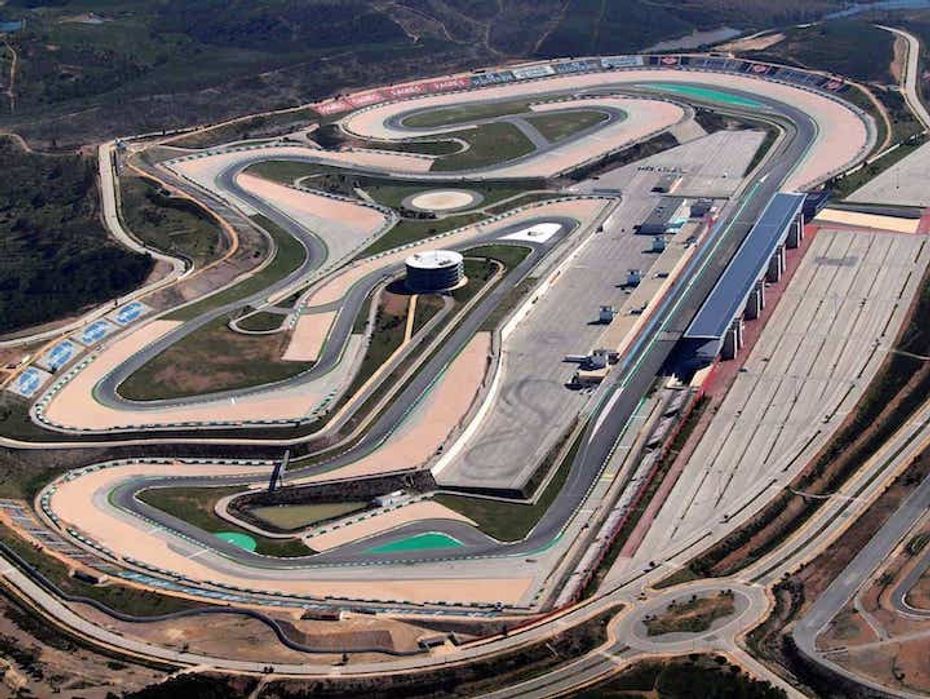
It could just be a case of social media engagement, but those three choices fall in line with the rumors of potential replacements to cancelled races. The cancellation of the latest three races brings the tally of cancelled races up to seven, out of the originally scheduled 22.
Holding back to back races on consecutive weekends at the same venue is a trick both F1 and MotoGP are employing to get the total number of races to that figure required by television broadcasters. Those broadcasters have paid hefty broadcasting fees and would require a certain number of rounds to be held. Hence all the talk about 15 to 18 races being the target.
Pending confirmation
Nine rounds currently hold the status of being either postponed or pending confirmation of cancellation for 2020. Out of those nine Russia, China, Abu Dhabi and Bahrain are venues that F1 is unlikely to cancel as the race hosting fees paid by these state-backed events are believed to exceed 40 million dollars for one year alone. That is not the kind of money that F1 wants to take off the table, particularly as these four countries tend to use sporting events as showcases for how great they want the world to think they are. A far different situation from the Indian Grand Prix, which received no government backing or recognition.
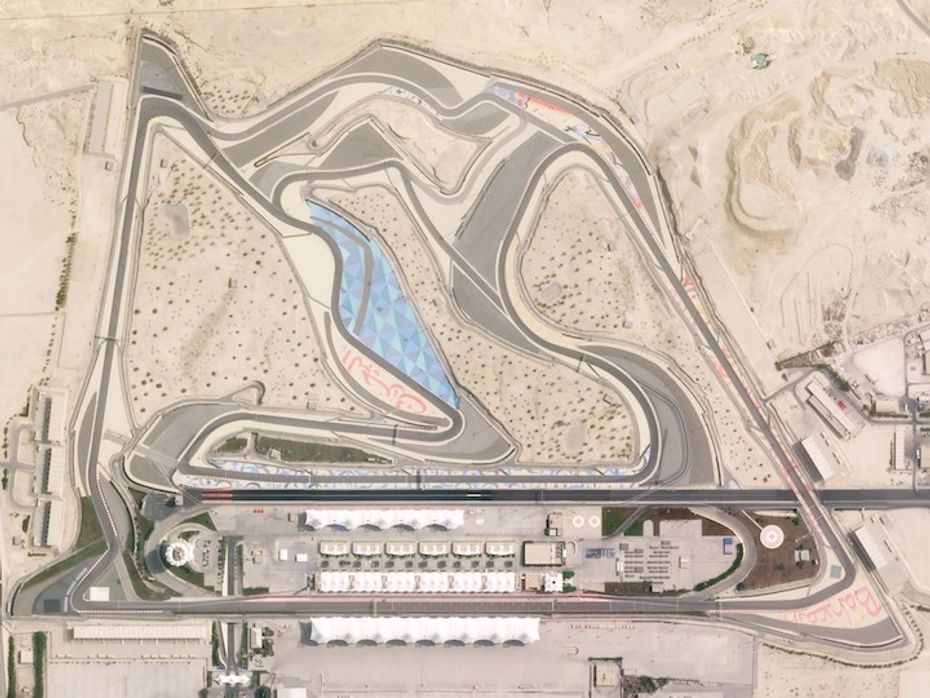
Abu Dhabi and Bahrain are believed to be all but certain to hold events due to the government’s ability and resources to ensure the necessary precautions are taken to hold the events safely. Bahrain also has the added advantage of its circuit being literally situated in the middle of nowhere.
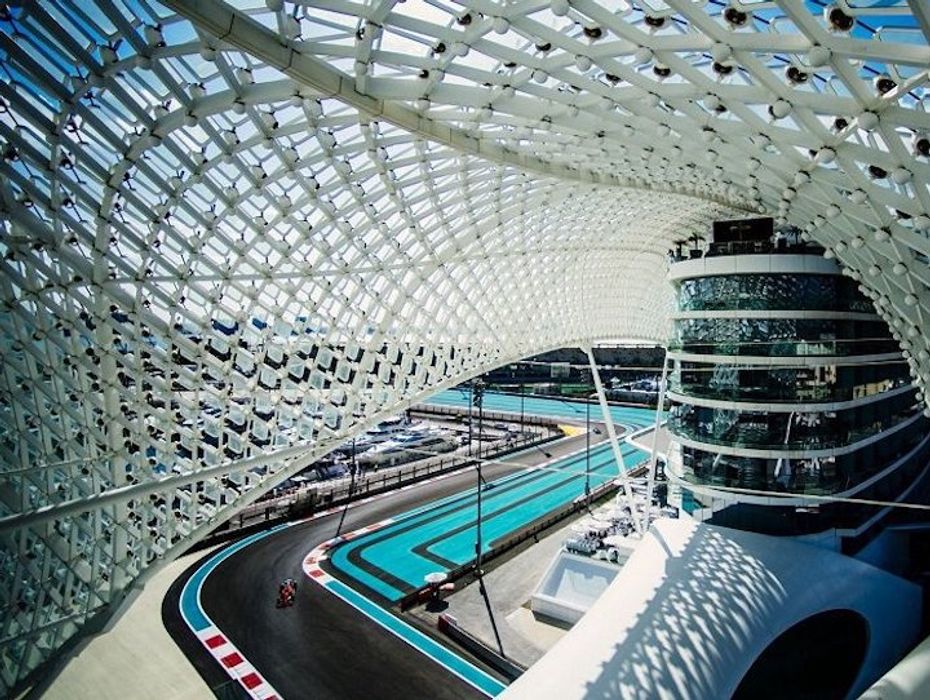
Both Bahrain and Abu Dhabi also have state of the art - albeit not particularly exciting - circuits with the possibility to have multiple configurations. Back to back races at each venue can be safely run if need be, and Russia’s Sochi Autodrome could end up doing the same thing.
The COVID threat
One venue that F1 will almost certainly not visit is Interlagos, the venue of the Brazilian Grand Prix. Brazil ranks second in the world in the number of currently active COVID-19 cases and its president has often been in denial of the pandemic. However, since the event is scheduled for November 15, a lot could change in the five months till then. Russia also ranks high in the number of active cases, but its financial importance to F1 in a year where revenues have been zero is likely to push F1 to make the event happen at all costs.
F1 already stated that it would not stop a race weekend if a driver tested positive, which suddenly makes the job of a team’s reserve driver that much more important. Not to mention, that makes this season more important for the constructor’s championship. After all, it is the team’s standing in the constructor’s championship that decides how much of F1’s ‘prize fund’ a team receives based on its ranking in the points table.
So fans are likely to get the 15 to 18 races F1 is promising. We are likely to know for sure by the end of this month. So… fingers crossed, F1 fans, and hopefully the situation becomes a lot clearer than it is now.

Indeterminate Design Has Made A 3D-Printed Formula One Gearbox!

Are Maruti Suzuki’s Strong Hybrid Powertrains The Best Engine...

Mahindra XUV 3XO (XUV300 Facelift) Launched With Significant Design...

3 New Major Design Details Mahindra XUV 3XO Will Pack Over...

Tata Curvv: A Much Clearer Look At Its Interior Ahead Of Its Unveiling

2024 Mahindra XUV 3XO Interior Revealed: Old vs New Compared

10 New Features Expected In The Upcoming 2024 Mahindra XUV 3XO...

Mahindra XUV 3XO: All Details You Need To Know In 10 Images

2024 Maruti Suzuki Swift Teased In India For First Time, Check Out...
India's largest automotive community